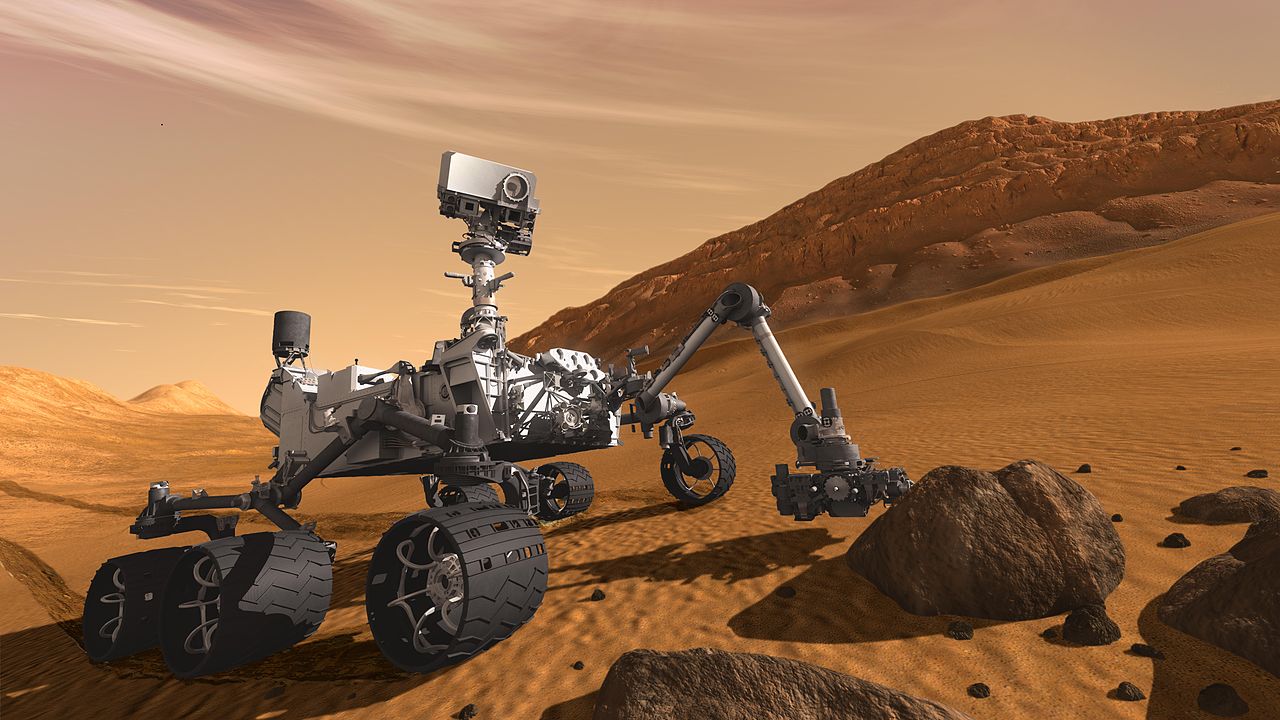NASA’s Curiosity Rover continues to work on Mars and deliver fascinating new results. Its latest discovery includes a clay cache, which gives insight into the presence of water on the Red Planet in the past. Discoveries like this could eventually prove that there was a tremendous amount of water there at one time and could even explain what caused it to evaporate.
NASA’s Mars rover confirmed the existence of a clay cache in the region called the “clay-bearing unit,” which it has been exploring for some time now. It has collected two samples so far from two rock targets called “Aberlady,” and “Kilmarie.” The two samples reveal the highest amount of clay-containing minerals ever discovered during Curiosity’s mission. NASA showcased the two samples in a new selfie taken by the rover. The selfies were taken on May 12 during the 2,405th Martian day, or sol.
This region was previously suspected to be rich in clay, and it’s located on the side of lower Mount Sharp. NASA orbiters noted the area even before Curiosity landed on Mars in 2012. This discovery sheds light on water on the Red Planet, as clay often forms in water or similar conditions. Water is essential for life as we know it on Earth. Curiosity’s current mission is to explore Mount Sharp to learn whether it holds the necessary conditions to support life — or if it did billions of years ago.
NASA’s Curiosity Rover uses an instrument intended for minerology called CheMin (short for Chemistry and Mineralogy), which provided an analysis of the clay cache that was drilled in the clay-bearing unit. The instrument also discovered a very small amount of hematite, an iron oxide mineral found in abundance just to the north on Vera Rubin Ridge.
In addition to the clay cache which hints at the past presence of water in the Gale Crater, NASA’s Curiosity Rover also raises a lot of questions. Scientists suggest that the rocks formed from layers of mud in what used to be Martian lakes, which the rover found lower on Mount Sharp. Researchers think the water interacted with the sediment, causing clay to become abundant in the area.
According to a press release from NASA, Curiosity also observed clouds on Mars. It is equipped with black-and-white Navigation Cameras (Navcams) which allow it to snap photos of clouds as they passed on May 7 and May 12, marking sols 2400 and 2405. Researchers think the clouds were made of water-ice located 19 miles above the surface.
NASA’s InSight lander, found 373 miles away, observed the same clouds, so NASA‘s Curiosity rover team wanted to coordinate their cloud observations with those from the other rover. Comparing images of the same thing taken from two different points can be used to calculate the altitude of the clouds.





